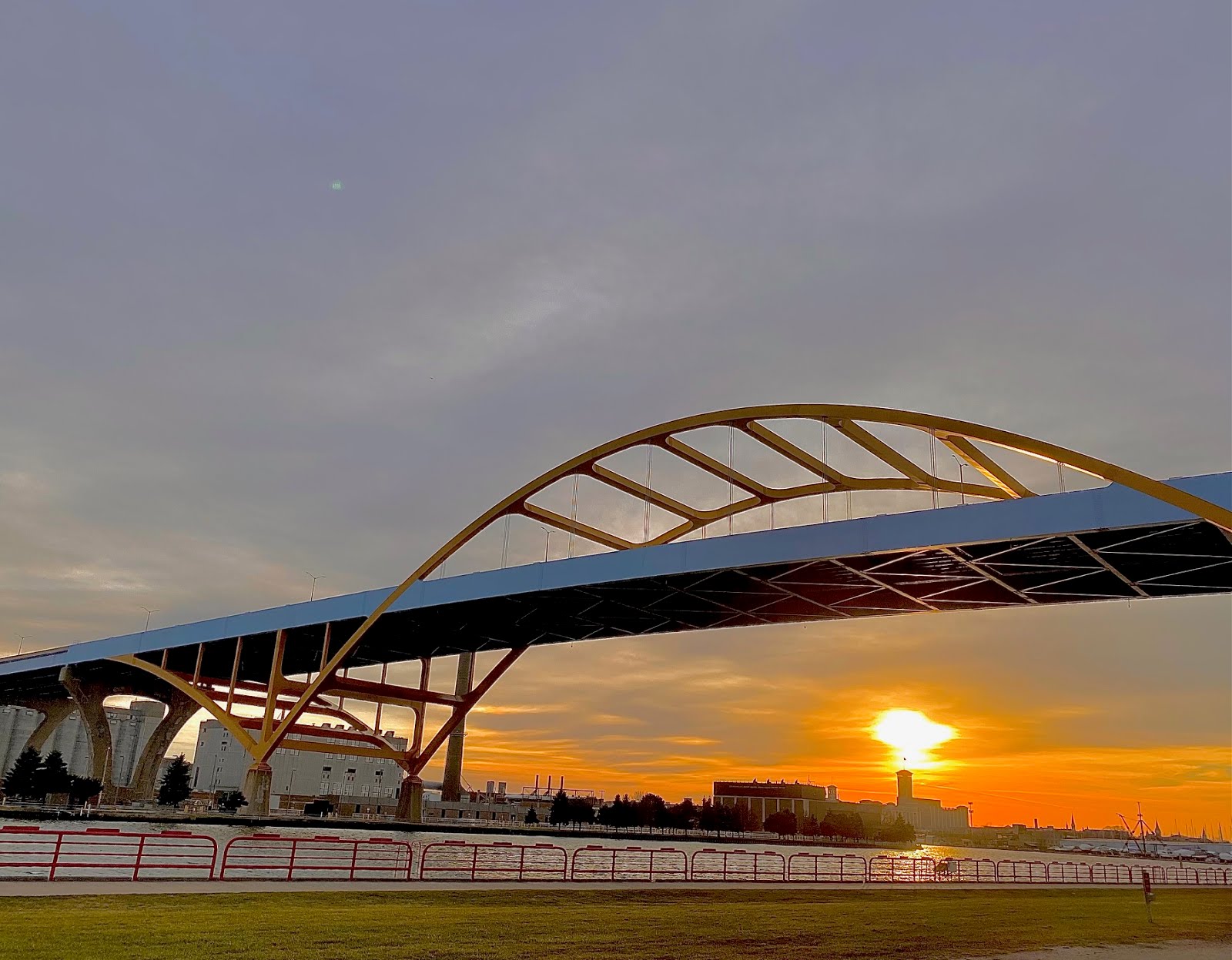Another Fine Resource About The Proposed Iron Mine Up North
As I wrote the other day, the web is full of good information about the proposed iron mine in Northern Wisconsin.
Also add this well-linked Nature Conservancy site to the list, as it explains why there could not be a worse spot for an open-pit iron mine in Wisconsin. For example:
It’s the Water
- Seventy-one miles of rivers and intermittent streams flow through the proposed mining area, emptying into the Bad River and the eventually into Lake Superior.
- The surface and groundwater originating from the Penokee Range is the source of drinking water for the municipalities of Ashland, Mellen, Highbridge, Marengo, Odanah and Upson.
- Portions of many of these waterways—including the Bad, Potato and Tyler Forks rivers—are designated as Exceptional or Outstanding Resource Waters, meaning they are among the highest quality rivers in Wisconsin, having good water quality, providing outstanding recreational opportunities and supporting valuable fisheries and wildlife habitat.
- The proposed mining area embodies a large portion of the headwaters of the Bad River watershed, which supports the 16,000-acre Kakagon-Bad River Sloughs, the largest undeveloped wetland complex in the upper Great Lakes.
- These Sloughs have cultural significance – they support the largest natural wild rice bed in the Great Lakes basin and members of the Bad River Band have harvested wild rice here for centuries.
- The Sloughs and streams that feed the wetland system like the Bad and Kakagon rivers, and Bear Trap and Wood creeks all depend on surface and ground water that originates in the Penokee Range.
- The Sloughs are home to many threatened and endangered species such as the trumpeter swan, bald eagle, piping plover, wood turtle and ram’s-head lady-slipper orchid.
- The proposed mining area encompasses nearly 35 square miles of northern hardwood forest, which has been managed for hardwood timber production, including maple and yellow birch, for decades.
- Because the majority of the land is enrolled in Wisconsin’s Managed Forest Law, it is open for public recreation, including hunting, hiking, and snowmobiling.
- It links the Chequamegon-Nicolet National Forest in northern Wisconsin to the Ottawa National Forest in the Upper Peninsula of Michigan, connecting a 40-mile stretch of continuous forest cover for wide-ranging mammals like gray wolves and rare American martens and breeding populations of migratory songbirds.









No comments:
Post a Comment